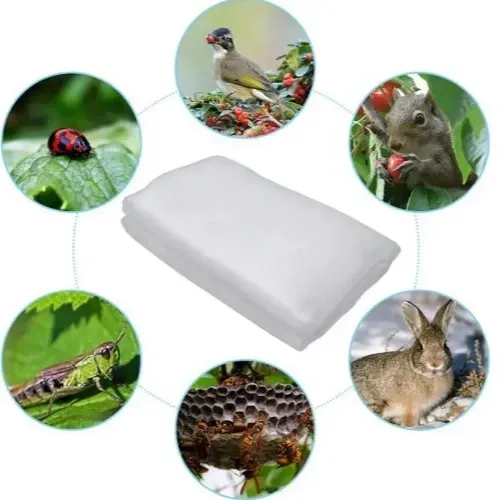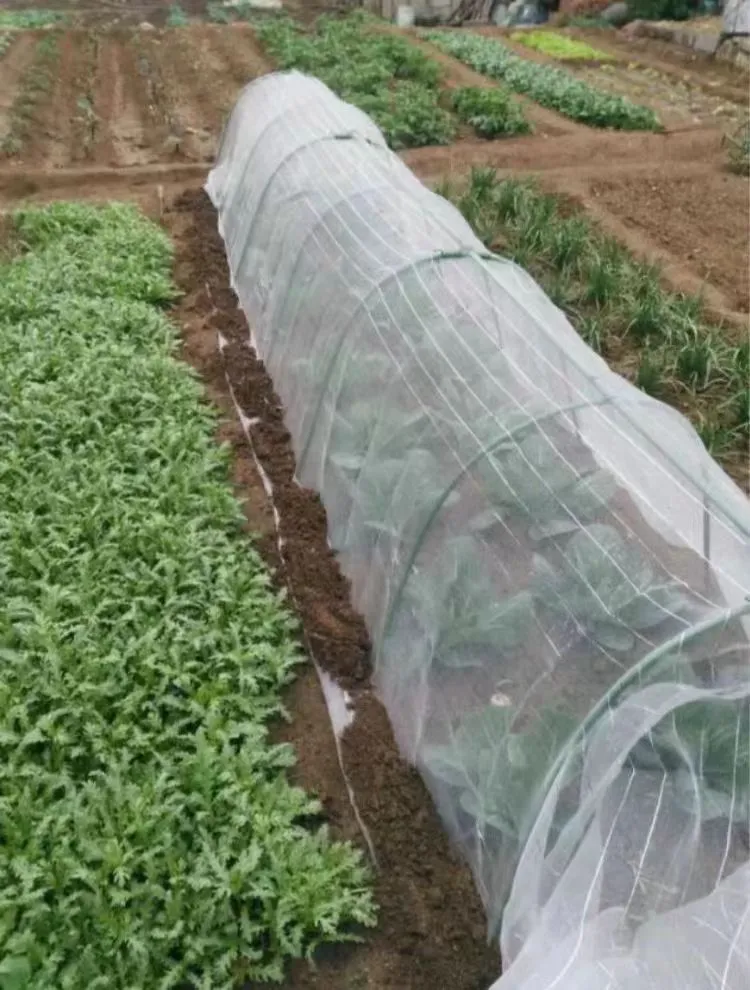-
 Afrikaans
Afrikaans -
 Albanian
Albanian -
 Amharic
Amharic -
 Arabic
Arabic -
 Armenian
Armenian -
 Azerbaijani
Azerbaijani -
 Basque
Basque -
 Belarusian
Belarusian -
 Bengali
Bengali -
 Bosnian
Bosnian -
 Bulgarian
Bulgarian -
 Catalan
Catalan -
 Cebuano
Cebuano -
 China
China -
 Corsican
Corsican -
 Croatian
Croatian -
 Czech
Czech -
 Danish
Danish -
 Dutch
Dutch -
 English
English -
 Esperanto
Esperanto -
 Estonian
Estonian -
 Finnish
Finnish -
 French
French -
 Frisian
Frisian -
 Galician
Galician -
 Georgian
Georgian -
 German
German -
 Greek
Greek -
 Gujarati
Gujarati -
 Haitian Creole
Haitian Creole -
 hausa
hausa -
 hawaiian
hawaiian -
 Hebrew
Hebrew -
 Hindi
Hindi -
 Miao
Miao -
 Hungarian
Hungarian -
 Icelandic
Icelandic -
 igbo
igbo -
 Indonesian
Indonesian -
 irish
irish -
 Italian
Italian -
 Japanese
Japanese -
 Javanese
Javanese -
 Kannada
Kannada -
 kazakh
kazakh -
 Khmer
Khmer -
 Rwandese
Rwandese -
 Korean
Korean -
 Kurdish
Kurdish -
 Kyrgyz
Kyrgyz -
 Lao
Lao -
 Latin
Latin -
 Latvian
Latvian -
 Lithuanian
Lithuanian -
 Luxembourgish
Luxembourgish -
 Macedonian
Macedonian -
 Malgashi
Malgashi -
 Malay
Malay -
 Malayalam
Malayalam -
 Maltese
Maltese -
 Maori
Maori -
 Marathi
Marathi -
 Mongolian
Mongolian -
 Myanmar
Myanmar -
 Nepali
Nepali -
 Norwegian
Norwegian -
 Norwegian
Norwegian -
 Occitan
Occitan -
 Pashto
Pashto -
 Persian
Persian -
 Polish
Polish -
 Portuguese
Portuguese -
 Punjabi
Punjabi -
 Romanian
Romanian -
 Russian
Russian -
 Samoan
Samoan -
 Scottish Gaelic
Scottish Gaelic -
 Serbian
Serbian -
 Sesotho
Sesotho -
 Shona
Shona -
 Sindhi
Sindhi -
 Sinhala
Sinhala -
 Slovak
Slovak -
 Slovenian
Slovenian -
 Somali
Somali -
 Spanish
Spanish -
 Sundanese
Sundanese -
 Swahili
Swahili -
 Swedish
Swedish -
 Tagalog
Tagalog -
 Tajik
Tajik -
 Tamil
Tamil -
 Tatar
Tatar -
 Telugu
Telugu -
 Thai
Thai -
 Turkish
Turkish -
 Turkmen
Turkmen -
 Ukrainian
Ukrainian -
 Urdu
Urdu -
 Uighur
Uighur -
 Uzbek
Uzbek -
 Vietnamese
Vietnamese -
 Welsh
Welsh -
 Bantu
Bantu -
 Yiddish
Yiddish -
 Yoruba
Yoruba -
 Zulu
Zulu
Jan . 12, 2025 09:24
Back to list
24 mesh Anti-insect netting
Bug netting fabric is an innovative solution that has transformed the way we protect our spaces, both indoors and outdoors, from insects. Drawing from years of experience in textile engineering, this robust material is designed specifically to address the most common challenges faced with traditional insect screens. Unlike basic meshes, bug netting fabric offers enhanced durability, UV resistance, and breathability, effectively combining protection and comfort in one.
On the consumer front, those who have utilized bug netting fabric in their homes have lauded its efficacy and unobtrusive design. Its ability to provide an uncompromised, natural view while keeping even the tiniest pests at bay addresses a common pain point of traditional screen users. Furthermore, the fabric’s adaptability allows it to be customized for different window shapes and sizes, doorways, and even outdoor living spaces, offering comprehensive solutions that cater to modern architectural demands. The industry continues to evolve, with technological advancements promising even more refined enhancements. Smart fabrics are on the horizon, which could incorporate sensors that alert users to environmental changes or pest presence in real-time. This pioneering development is set to further consolidate bug netting fabric’s role as both a protective measure and an intelligent home accessory, expanding its functionality beyond mere pest prevention. For stakeholders looking to invest in environmentally conscious and health-friendly textiles, bug netting fabric represents a valuable proposition. Its proven track record, coupled with continuous innovation and a commitment to sustainability, makes it a cornerstone of both residential and commercial applications. By choosing bug netting fabric, one is not only adopting a product but a comprehensive solution aligned with modern-day demands for safety, efficiency, and ecological responsibility. This forward-thinking approach ensures that both living spaces and work environments remain enjoyable, sustainable, and above all, free from the nuisances of unwelcome insects.


On the consumer front, those who have utilized bug netting fabric in their homes have lauded its efficacy and unobtrusive design. Its ability to provide an uncompromised, natural view while keeping even the tiniest pests at bay addresses a common pain point of traditional screen users. Furthermore, the fabric’s adaptability allows it to be customized for different window shapes and sizes, doorways, and even outdoor living spaces, offering comprehensive solutions that cater to modern architectural demands. The industry continues to evolve, with technological advancements promising even more refined enhancements. Smart fabrics are on the horizon, which could incorporate sensors that alert users to environmental changes or pest presence in real-time. This pioneering development is set to further consolidate bug netting fabric’s role as both a protective measure and an intelligent home accessory, expanding its functionality beyond mere pest prevention. For stakeholders looking to invest in environmentally conscious and health-friendly textiles, bug netting fabric represents a valuable proposition. Its proven track record, coupled with continuous innovation and a commitment to sustainability, makes it a cornerstone of both residential and commercial applications. By choosing bug netting fabric, one is not only adopting a product but a comprehensive solution aligned with modern-day demands for safety, efficiency, and ecological responsibility. This forward-thinking approach ensures that both living spaces and work environments remain enjoyable, sustainable, and above all, free from the nuisances of unwelcome insects.
Latest news
-
Shipping Plastic Bags for Every NeedNewsJul.24,2025
-
Safety Netting: Your Shield in ConstructionNewsJul.24,2025
-
Plastic Mesh Netting for Everyday UseNewsJul.24,2025
-
Nylon Netting for Every UseNewsJul.24,2025
-
Mesh Breeder Box for Fish TanksNewsJul.24,2025
-
Expanded Steel Mesh Offers Durable VersatilityNewsJul.24,2025











